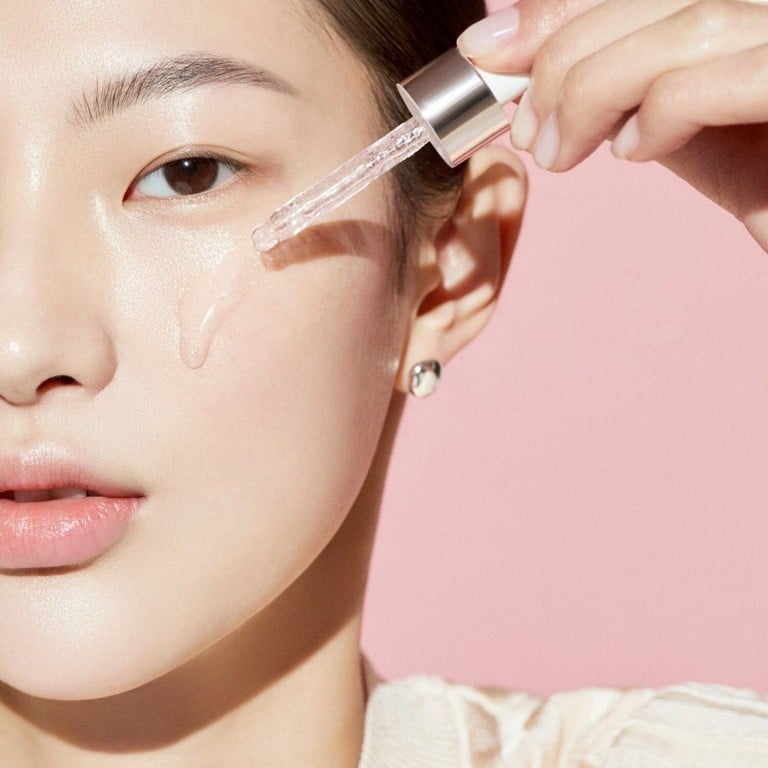What are the different types of make-up primer and how do you get the most out of them?

- Benefit Cosmetics’ Porefessional Face Primer, launched in 2006, was a game changer – some of today’s best products come from brands like Dior Beauty, Charlotte Tilbury and Burberry
The idea of wearing primer under make-up isn’t new, but it wasn’t until the late 20th century that such base layers really started to gain popularity. In the 80s and 90s, brands like Smashbox and Urban Decay introduced formulas designed to smooth the skin and create a perfect canvas for foundation and other products to follow.
The real game changer came in the early 2000s with the introduction of silicone-based primers. Benefit Cosmetics’ Porefessional Face Primer, launched in 2006, was a hit for its ability to fill in pores and give the skin an airbrushed finish. This innovation sparked a primer revolution that’s still going strong today.

Primers sit between the skin and make-up, allowing products to apply and wear better by minimising pores and fine lines. As London-based beauty influencer Zak Heath puts it, “There’s a universal fear we all share that our make-up is going to slip and slide across our face throughout the day if we don’t apply primer as the first step in our routine. However, primer really does divide opinions since some think it’s a marketing myth while others swear that their make-up doesn’t look ‘perfect’ if primer isn’t slathered on before foundation.”
Primers used to be focused solely on smoothing the skin’s surface, but as the line between skincare and make-up blurs, they have evolved to offer benefits beyond just preparation, such as targeting specific skin goals like brightening, firming and anti-ageing.
“Silicone-based primers are usually people’s favourites for their ability to fill in fine lines and pores, creating a smooth, velvety base that extends make-up wear and controls oil for an airbrushed look,” says California-based celebrity make-up artist Carolina Pizarro. On the other hand, water-based primers cater to those with sensitive or acne-prone skin, offering a lighter, more hydrating feel. “These are less likely to clog pores and can help maintain the skin’s natural moisture balance, so they’re ideal for dry or combination skin,” she adds.

For those struggling with very dry skin, oil-based primers are the perfect choice, providing deep hydration and a dewy finish. “They tend to feature nourishing oils that enrich the skin, preventing make-up from drying out or flaking,” Pizarro explains.
Besides improving texture, primers can also help even out or boost skin tone. Colour-correcting primers, for example, tackle skin discolouration by using specific hues – green neutralises redness, lavender corrects sallowness, and peach or orange brightens dark spots. Illuminating primers can add a radiant glow with light-reflecting particles, ideal for enhancing a dull complexion. “The best part is they can be used alone for a naturally luminous effect or under foundation for added depth,” Pizarro says.
Other primers are intended for more specific uses. Eye primers have become essential for achieving vibrant, long-lasting eyeshadow looks. The delicate skin around the eyes poses a unique challenge, calling for formulations with a lighter, more fluid consistency. Eye primers are formulated with this in mind, providing a smooth, even base that not only intensifies the pigmentation of eyeshadows but also locks them in place for hours.